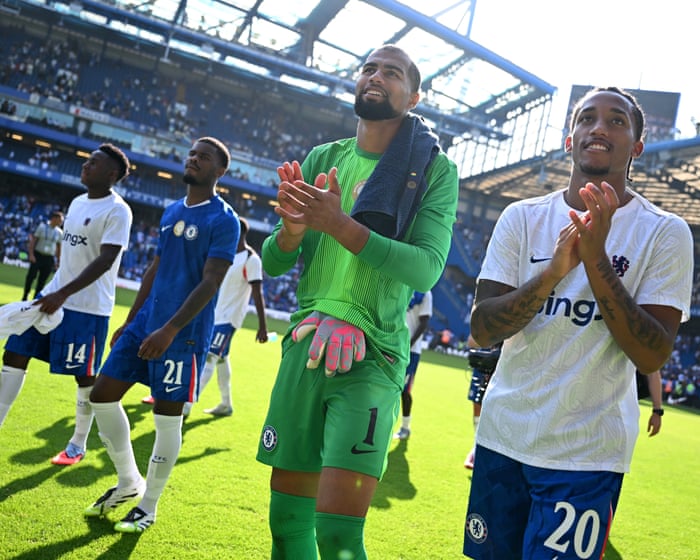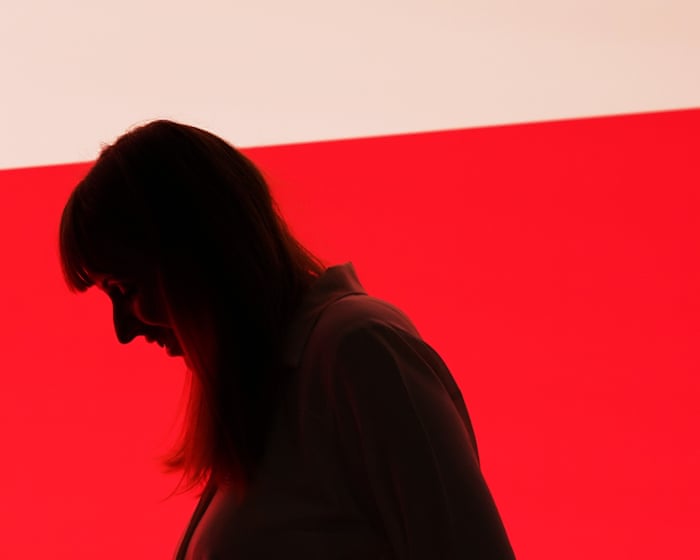My current comfort watch is The Gilded Age, Julian Fellowes’ delightfully over-the-top drama about wealthy Manhattanites in bustle dresses. One storyline—quickly wrapped up, I suspect because it didn’t involve enough rustling taffeta—shows a tycoon’s mistreated steelworkers striking for “888”: eight hours each for work, sleep, and leisure.
That demand wasn’t new even in the 1880s. The slogan was coined by utopian social reformer Robert Owen back in 1817—though his own workers at New Lanark still put in ten-and-a-half-hour days. And even that wasn’t groundbreaking: a 16th-century Spanish law apparently limited construction workers in the New World to eight-hour days.
So what would Owen or King Philip II of Spain think of “996”? That’s working from 9 a.m. to 9 p.m., six days a week—a grueling 72 hours. The term comes from China’s tech sector, where Alibaba founder Jack Ma once called it a “blessing.” Chinese workers disagreed, protesting online and winning lawsuits against employers who enforced it.
Now 996 is making a comeback—if it ever really left. In 2022, the Financial Times reported discontent among TikTok staff in the UK over 12-hour workdays. According to the New York Times, Silicon Valley now sees “grinding ‘996’ as the way to get ahead.” Wired found job ads openly demanding absurd hours and warning applicants not to apply unless “excited” by the prospect. Recruiters are being told that willingness to work 72-hour weeks is non-negotiable. The San Francisco Standard declared: “Grindcore culture is back and grindier than ever.” One founder summed up the ethos as: “No drinking, no drugs, 996, lift heavy, run far, marry early, track sleep, eat steak and eggs.” Another posted on X: “We routinely are at the office through the weekend and do some of our best work late into the night.” Sounds tempting!
I don’t get it. I thought we’d all fallen out of love with hustle culture. We’ve seen the success of four-day workweeks, with nearly all trial companies choosing to continue them. We’ve looked abroad and realized that more balanced approaches to work and life don’t necessarily hurt productivity—and they lead to happier, healthier people. The Netherlands averages a 32.1-hour workweek, yet the OECD says it’s “outperforming peers” economically. It ranks fifth in the latest World Happiness Report, while the US is 24th.
I also keep reading about “work-agnosticism,” especially among younger people. In Deloitte’s 2024 survey, Gen Z and millennials ranked work-life balance as their top priority in choosing a job—and the trait they most admired in peers. Randstad’s 2025 Workmonitor, surveying 26,000 people across 35 countries, also found work-life balance was the main motivator, ahead of pay for the first time.
So what’s this new, fire-emoji, locked-in hell all about? I have two theories. Maybe it’s the last gasp of a dying philosophy—the “extinction burst” of grindcore. Or maybe it’s what recent research suggests: overwork messes with your brain. The study found that overworked people show “significant changes in brain regions associated with executive function and emotional regulation.” Looking at some of Silicon Valley’s prominent figures, that makes sense. Only someone with “structural brain changes in regions linked to cognition and emotion”—as the study puts it—could think this work culture is healthy or productive.
Tech bros love what’s new, so maybe we can convince their frazzled brains that brutal hours are outdated by offering bold alternatives. But what? My own work formula—equal parts scrolling, staring into space, and…The idea of combining animal care and hot drinks is too complicated and impractical to become popular. I’m inclined to propose a zero-work lifestyle, but that would demand a relentless, round-the-clock effort to dismantle capitalism. Most people I’ve spoken to actually aspire to three-day workweeks, which isn’t too far from economist John Maynard Keynes’ idealistic vision of 15 hours per week. However, I doubt that’s trendy enough to gain traction. What about a ratio of one Teams meeting for every twelve tea breaks? Or perhaps one day in the office followed by six days of venting frustrations (let’s rebrand “screaming into the void” as the new work-from-home trend)? Or how about an hour of work, an hour of existential reflection, and then a lifetime retreating to the woods? I believe with a catchy name and a rumor that it grants immortality, any of these ideas could be the next big trend in Silicon Valley.
Emma Beddington is a Guardian columnist. Do you have thoughts on the topics discussed in this article? If you’d like to share a response of up to 300 words via email for potential publication in our letters section, please click here.
Frequently Asked Questions
Of course Here is a list of FAQs about the 996 work culture and the proposed alternatives written in a natural conversational tone with clear and direct answers
Basic Definition Questions
1 What is the 996 work culture
Its a common work schedule in some tech companies particularly in China where employees work from 9 am to 9 pm 6 days a week
2 What does the 888 schedule mean
The 888 schedule is a more balanced approach dividing the day into 8 hours for work 8 hours for rest and 8 hours for personal time Its a call for a standard humane workday
3 What is a 000 schedule Is that even possible
The 000 schedule is a provocative idealistic concept suggesting a future with no mandatory work hours likely enabled by full automation and a society that doesnt tie human worth to labor Its more of a thought experiment than a current practical proposal
4 Who is Emma Beddington and why is she writing about this
Emma Beddington is a journalist and columnist for The Guardian She wrote an opinion piece criticizing the 996 culture and advocating for better worklife balance using these schedules as examples
Problem Impact Questions
5 Why is the 996 work culture considered bad or inhumane
It leads to severe burnout chronic stress and health problems It leaves no time for family hobbies or rest treating employees like machines rather than people
6 What are the realworld consequences of a 996 schedule for employees
Consequences can include mental health issues like anxiety and depression physical ailments from a sedentary lifestyle damaged personal relationships and a complete lack of worklife balance
7 Dont companies benefit from 996 because employees work more
In the short term maybe But in the long run it leads to high employee turnover lower creativity more mistakes due to exhaustion and a toxic company reputation that drives talent away
Comparison Alternative Questions
8 How is the 888 schedule better than 996
The 888 schedule is sustainable It recognizes that employees need time to recharge and have a life outside of work which actually makes them more productive and healthier during their 8 work hours




